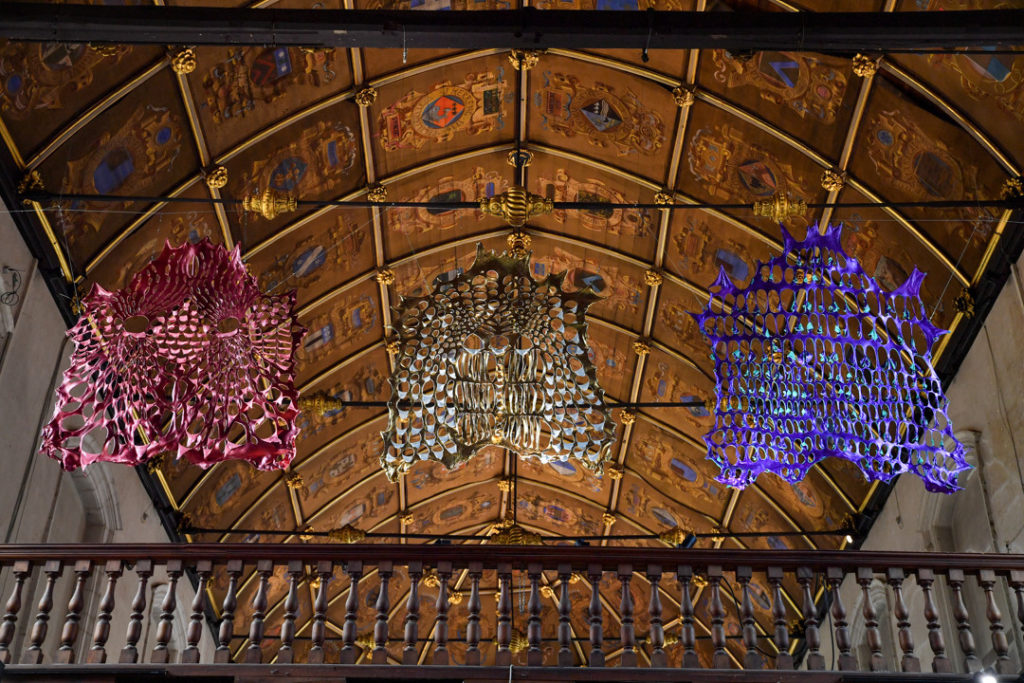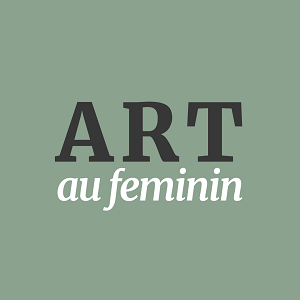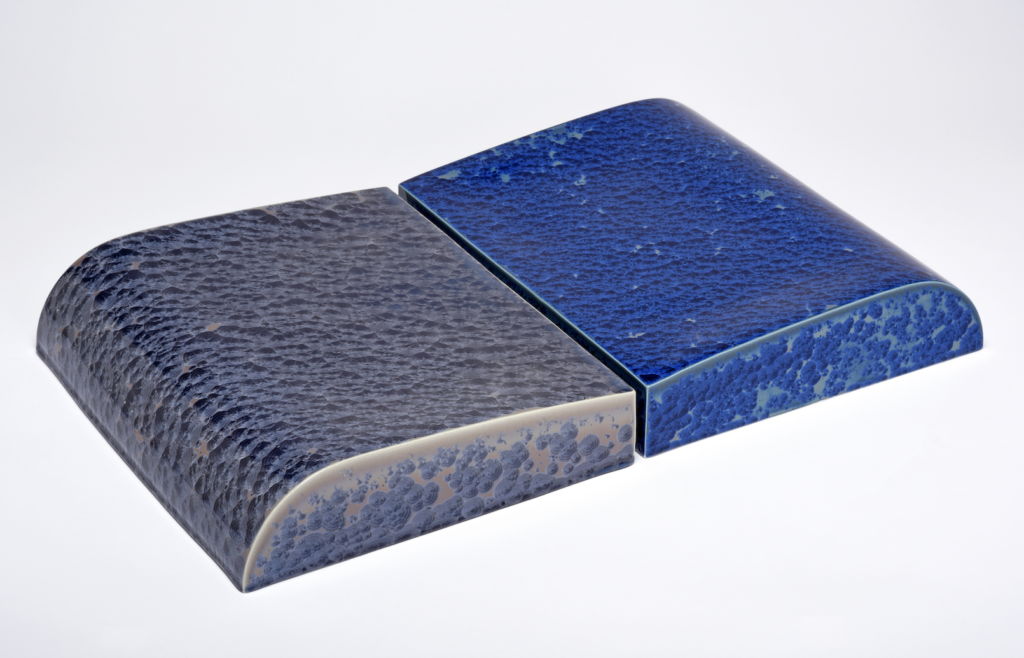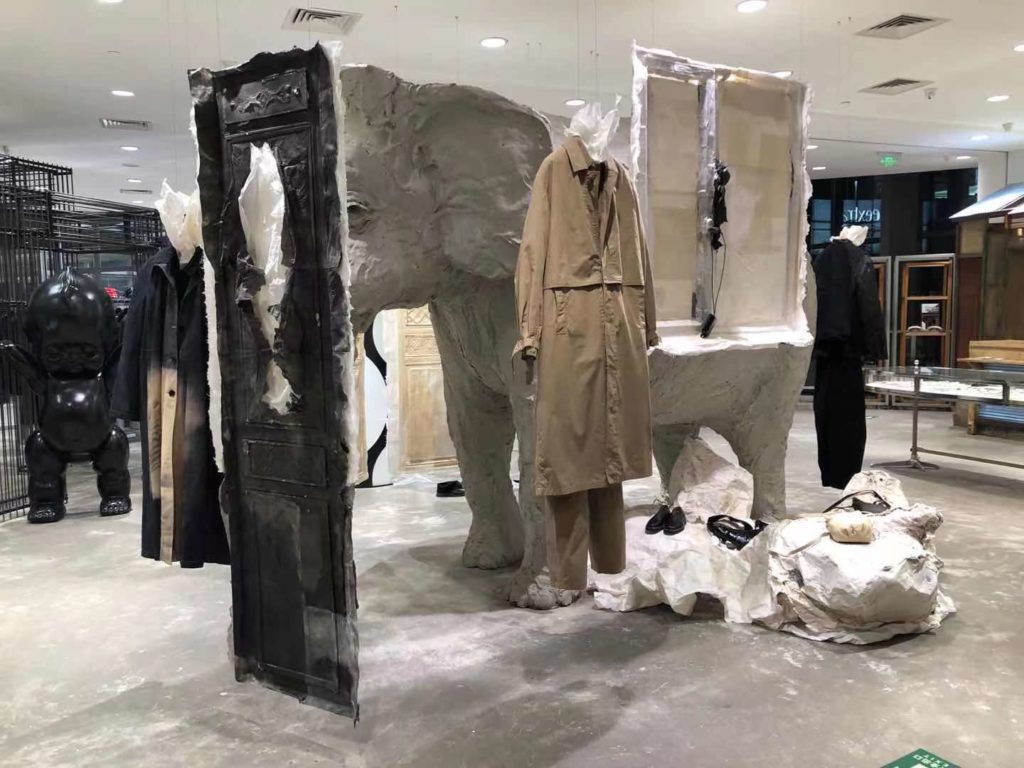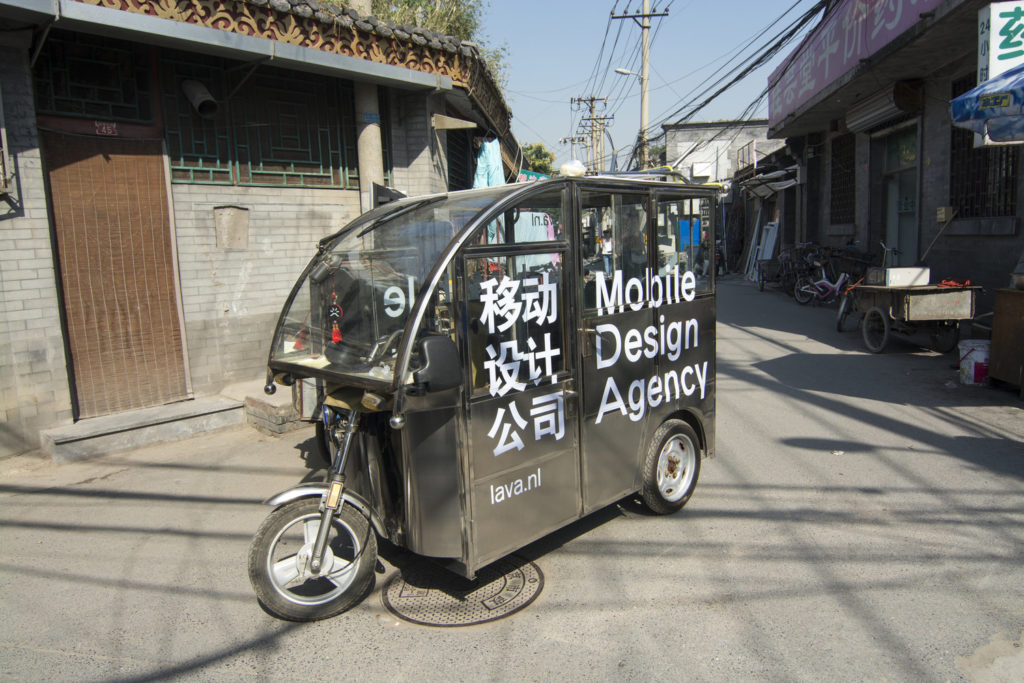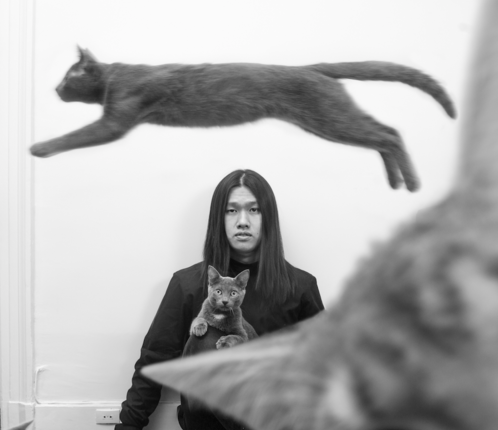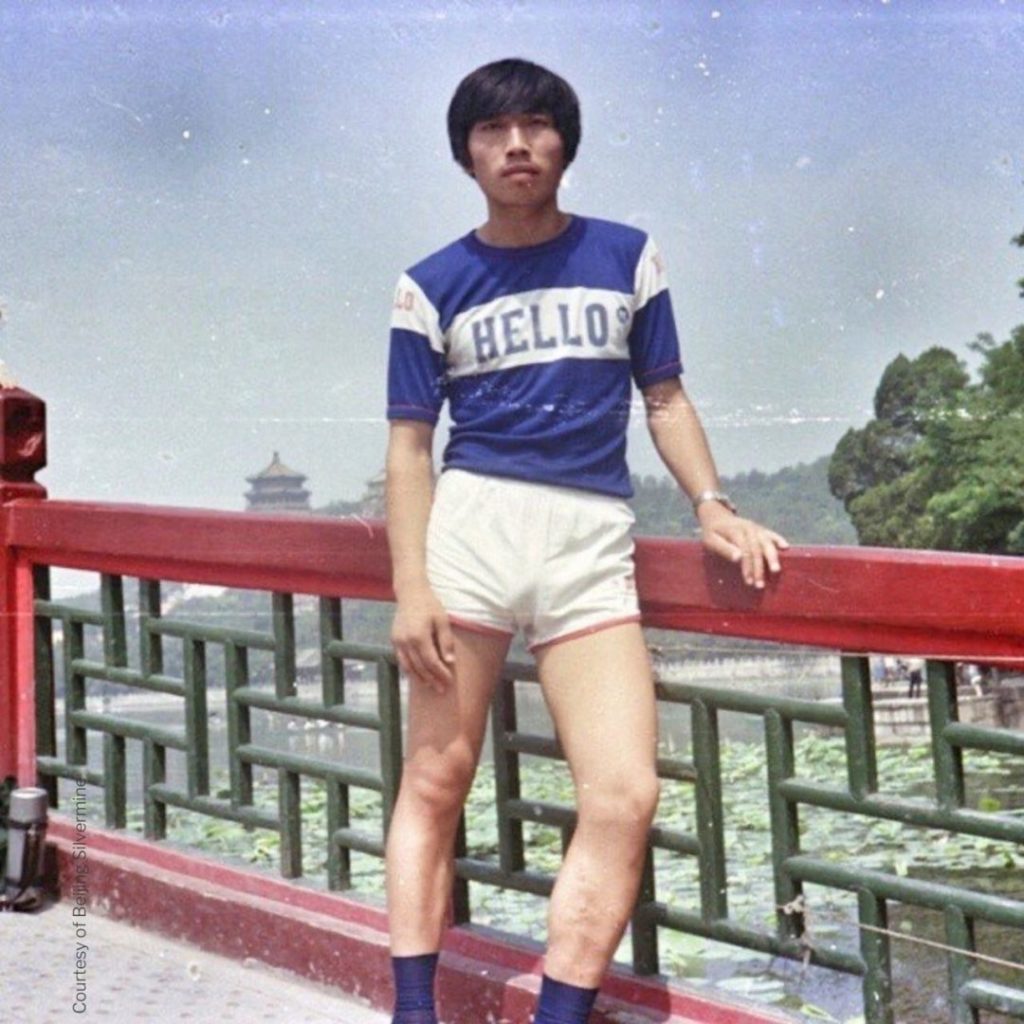In the fifth century BC, the notion of “Junzi” – “good man” or “accomplished human being”, and by extension, the figure of the Chinese scholar – appears with the character of Confucius. The term “scholar” has evolved over the centuries to refer more generally to intellectuals versed in the arts of poetry, calligraphy, music or painting, and are constantly in search for objects with refined aesthetics. Chinese emperors, scholars and officials assembled extraordinary collections of objects and encouraged the development of artistic craftsmanship, which developed the peculiar Chinese design.
Chinese objects were seen as a representation of sophisticated symbolism and techniques, igniting the Western imagination from the first exchanges with the Middle Empire—Chinese silk became very popular in Ancient Rome. In the 18th century, this craze grew with the introduction of “chinoiserie”: Industrial quantities of earthenware, porcelain, furniture and tapestries from China, or inspired by China, were imported and produced across Europe.
However, during the 19th and 20th century, these trades declined and innumerable works of art were dispersed or destroyed as China was shaken by the Opium wars, the fall of the empire, the civil war between Communists and Nationalists, the Sino-Japanese War and the Cultural Revolution (which proclaimed the elimination of the “four old things”).
Followed by economic reforms and the opening-up in the 1980s, China fully embraced globalisation and hyper-industrialisation. It quickly transformed itself into “the world factory”, producing mass consumer products designed in other countries and manufactured at low cost.
The exhibition features works of thirty artists, designers, and graphic and industrial design studios. This rich collection of artworks, designed products, handicrafts and everyday consumer goods, reveal the texture of everyday life of ordinary Chinese people, as well as the imaginative and creative dimensions of the beauty of life.
“KĀIWÙ. Art and Design from China” brings together diversified views and questions, such as how traditional objects evolved into Chinese design, their different functions and specific production techniques; shedding light on both contemporary and futuristic lifestyles.
360° virtual visit here.
Curated by Cao Dan, He Jing, Tong Huiming and Doors (Bérénice Angremy and Victoria Jonathan), this exhibition is the first in France to shed light on Chinese contemporary art and design. Shown in the exceptional setting of the Hospice Comtesse Museum, it plays on the contrast between this historical place and the creations of Chinese designers and artists, the scenography of the exhibition was handled by Studio Adrien Gardère.
Co-produced by the City of Lille and Doors, KĀIWÙ received support from Shanghai International Culture Association and Powerlong Museum (Shanghai). Lighting is provided by Hongri.
Read more about Lille as 2020 Capital of Design and contemporary Chinese design through the design fair Design Shanghai
Discover other projects showing Huang Rui’s artworks: ReBirth, The Stars
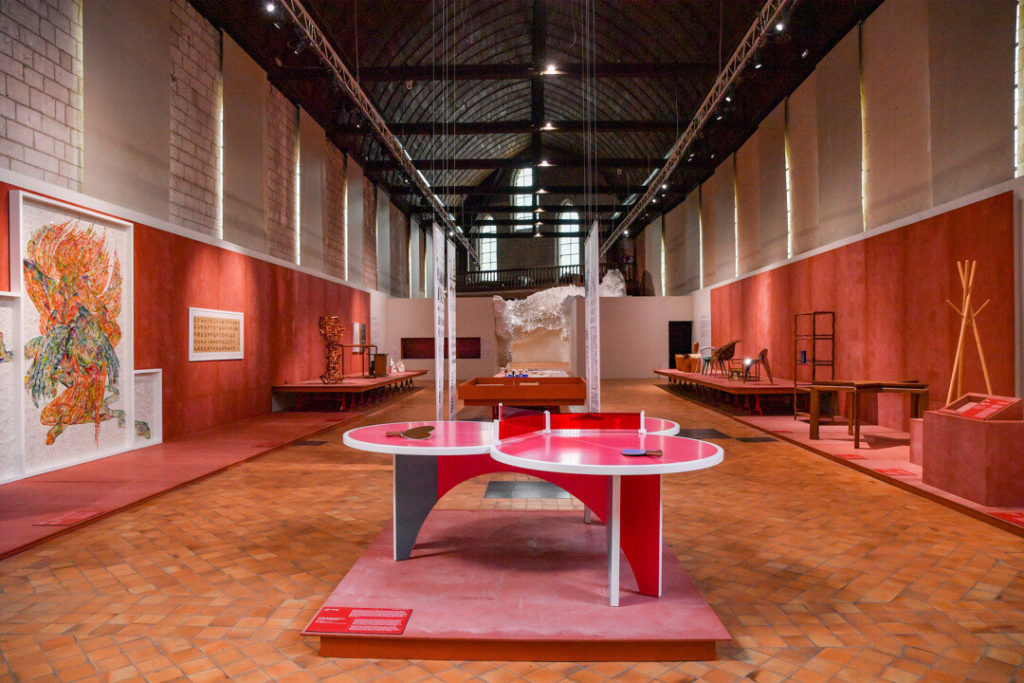
Exhibition view of "KĀIWÙ. Art and design from China”, Hospice Comtesse Museum, Lille, 2021. Daniel Rapaich – DICOM/Ville de LILLE
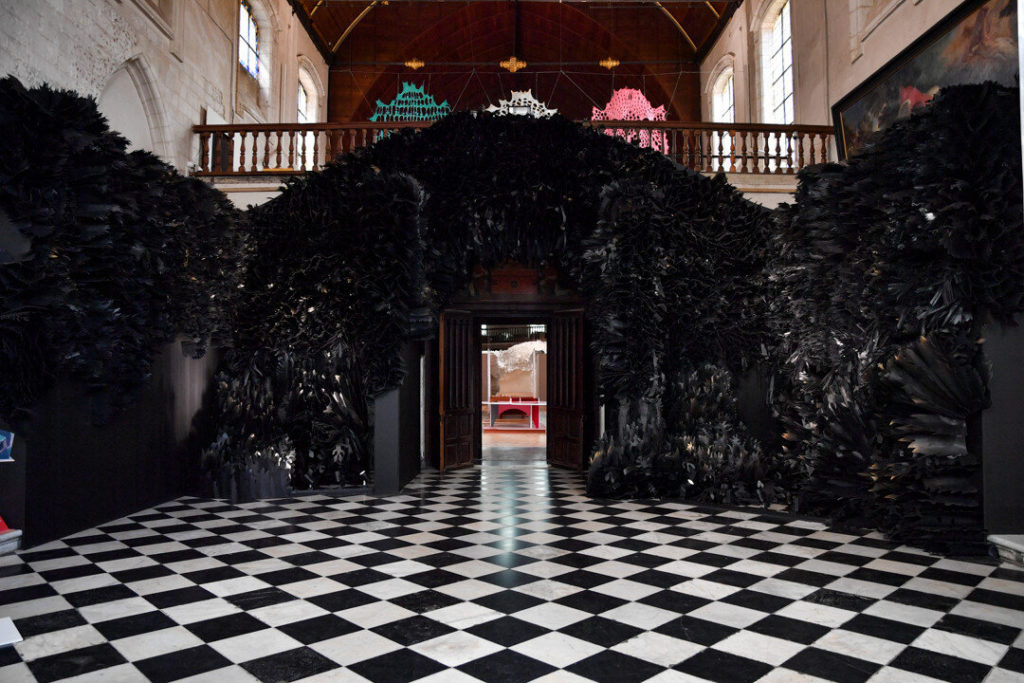
Exhibition view of "KĀIWÙ. Art and design from China”, Hospice Comtesse Museum, Lille, 2021. Daniel Rapaich – DICOM/Ville de LILLE
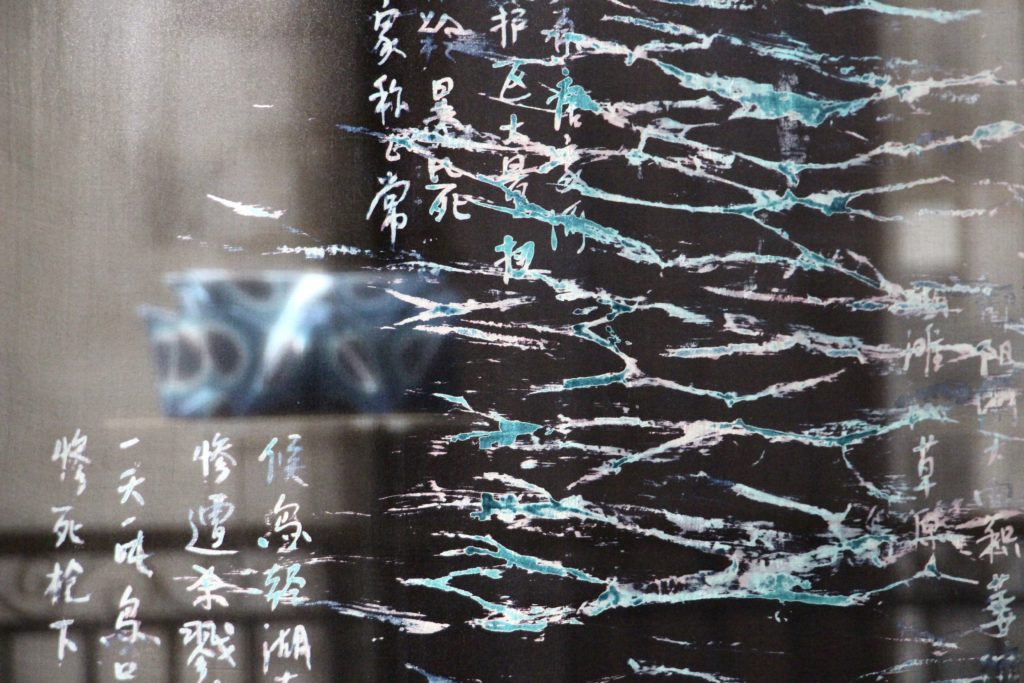
Exhibition view of "KĀIWÙ. Art and design from China”, Hospice Comtesse Museum, Lille, 2021. Daniel Rapaich – DICOM/Ville de LILLE
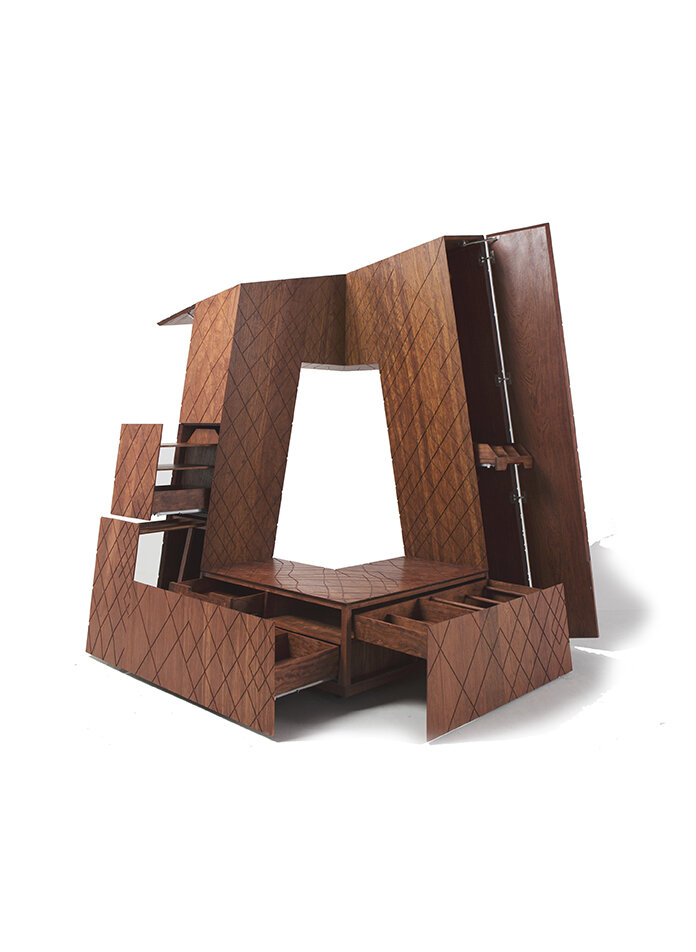
Li Naihan, "I am a monument - CCTV Wardrobe", Bubinga wood, stainless steel (2013)
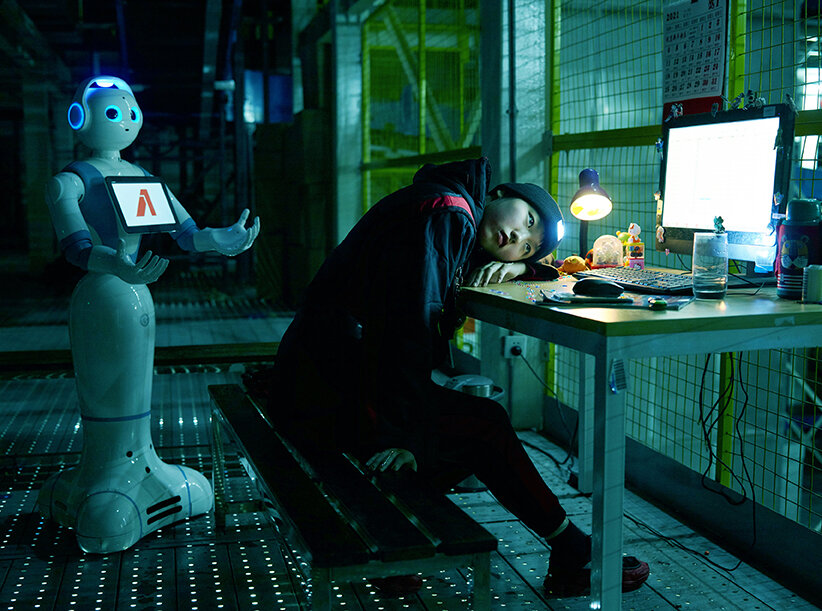
Cao Fei, "Asia One", 2018. Commissioned by the Solomon R.Guggenheim Museum,New York,for The Robert H.N.Ho Family Foundation Chinese Art Initiative. Courtesy of artist, Vitamin Creative Space, and Sprüth Magers.
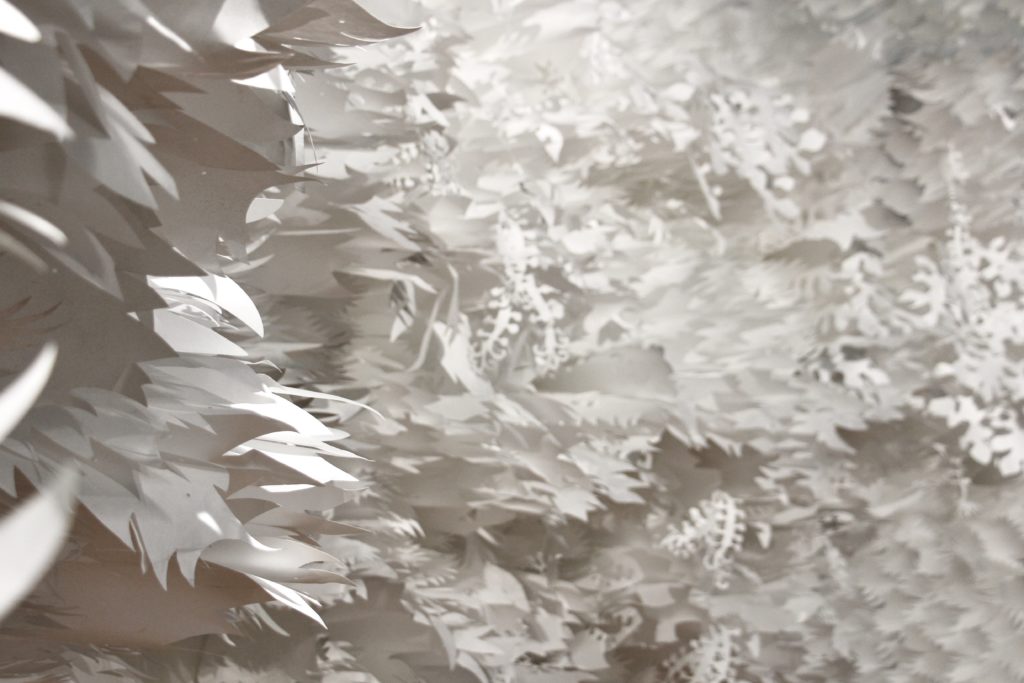
Jennifer Wen Ma, "Cry Joy Park", 2018. Courtesy of the artiste and Tang Contemporary Art Gallery.
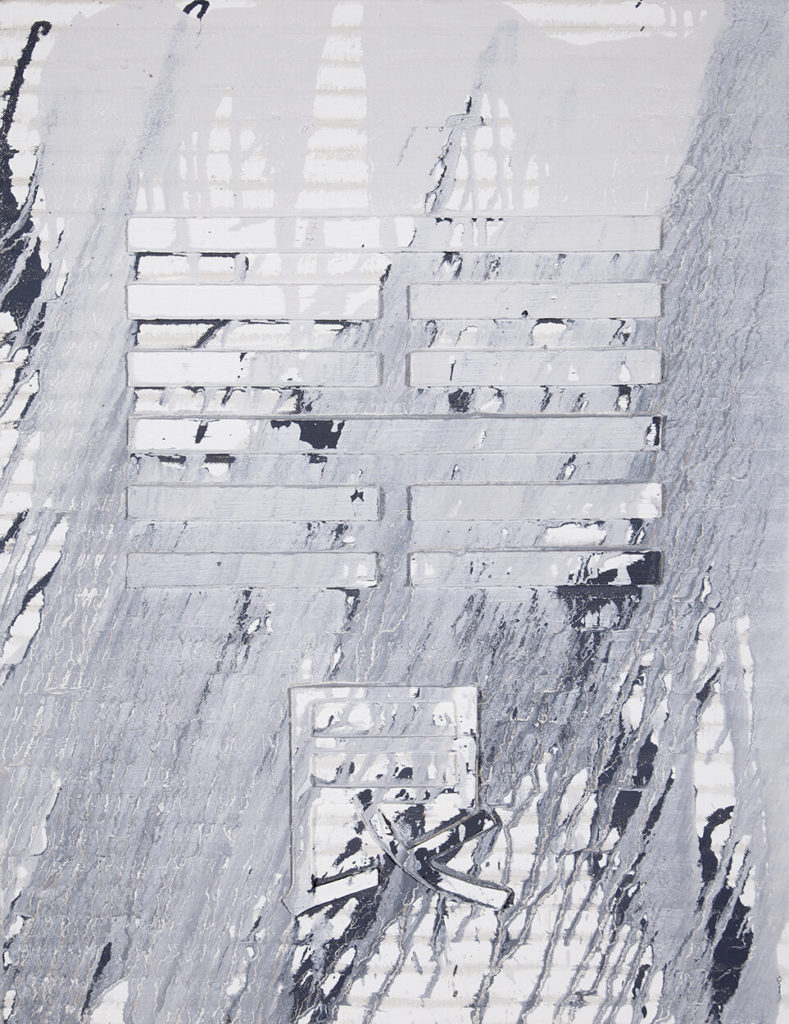
Huang Rui, "Gen", 2016. Courtesy of Huang Rui Studio.

Exhibition view of "KĀIWÙ. Art and design from China”, Hospice Comtesse Museum, Lille, 2021. Daniel Rapaich – DICOM/Ville de LILLE

Exhibition view of "KĀIWÙ. Art and design from China”, Hospice Comtesse Museum, Lille, 2021. Daniel Rapaich – DICOM/Ville de LILLE

Exhibition view of "KĀIWÙ. Art and design from China”, Hospice Comtesse Museum, Lille, 2021. Daniel Rapaich – DICOM/Ville de LILLE

Li Naihan, "I am a monument - CCTV Wardrobe", Bubinga wood, stainless steel (2013)

Cao Fei, "Asia One", 2018. Commissioned by the Solomon R.Guggenheim Museum,New York,for The Robert H.N.Ho Family Foundation Chinese Art Initiative. Courtesy of artist, Vitamin Creative Space, and Sprüth Magers.

Jennifer Wen Ma, "Cry Joy Park", 2018. Courtesy of the artiste and Tang Contemporary Art Gallery.

Huang Rui, "Gen", 2016. Courtesy of Huang Rui Studio.

